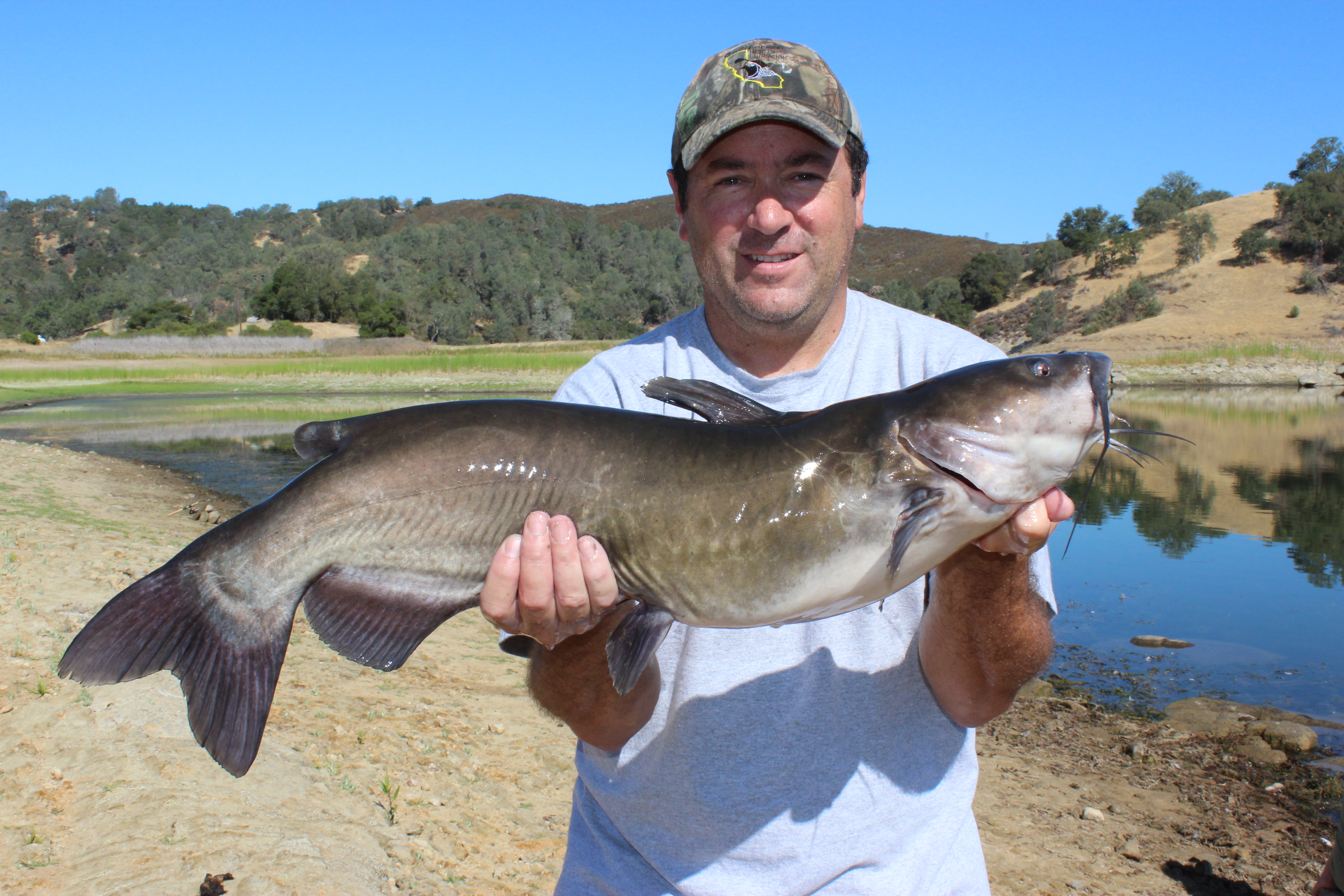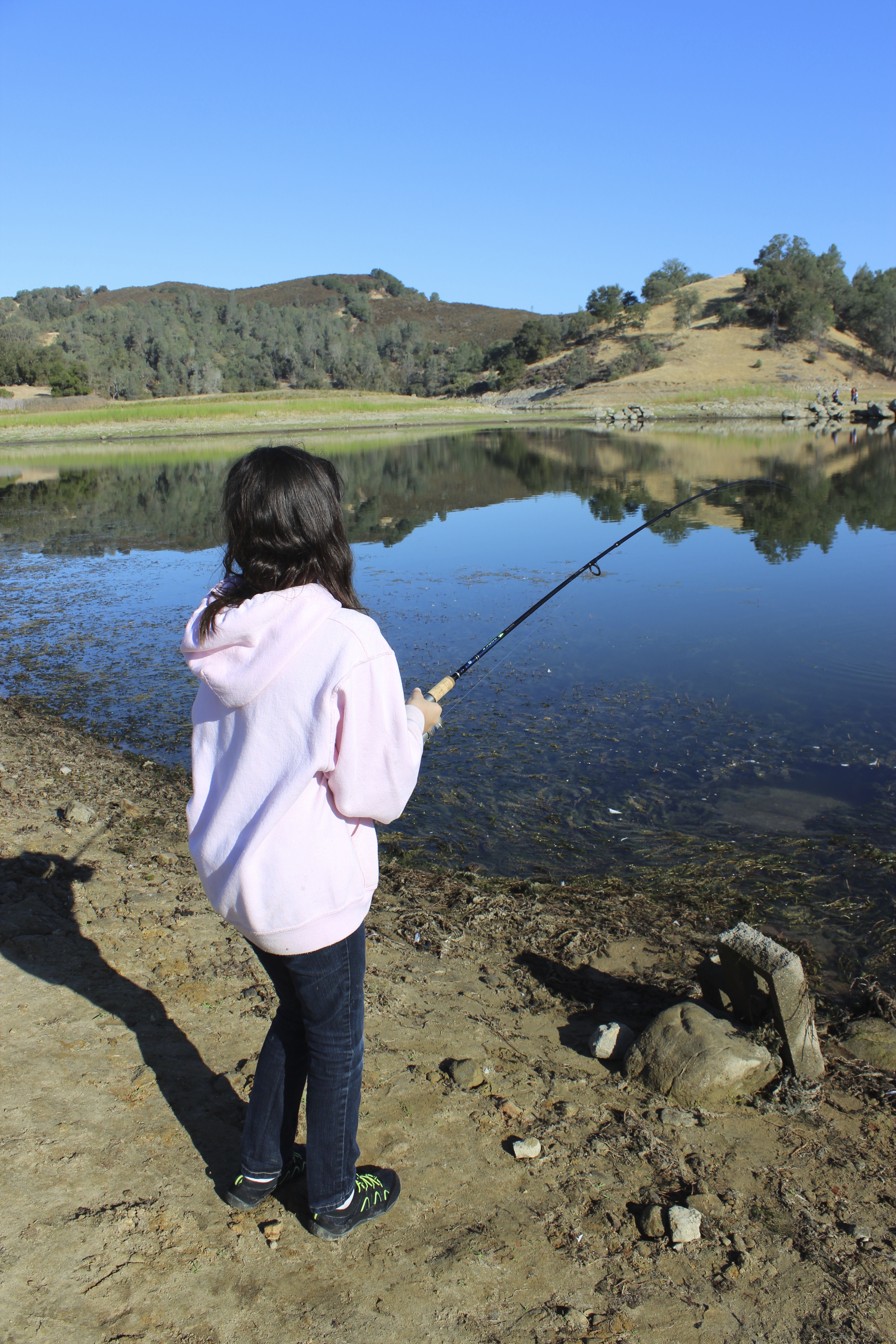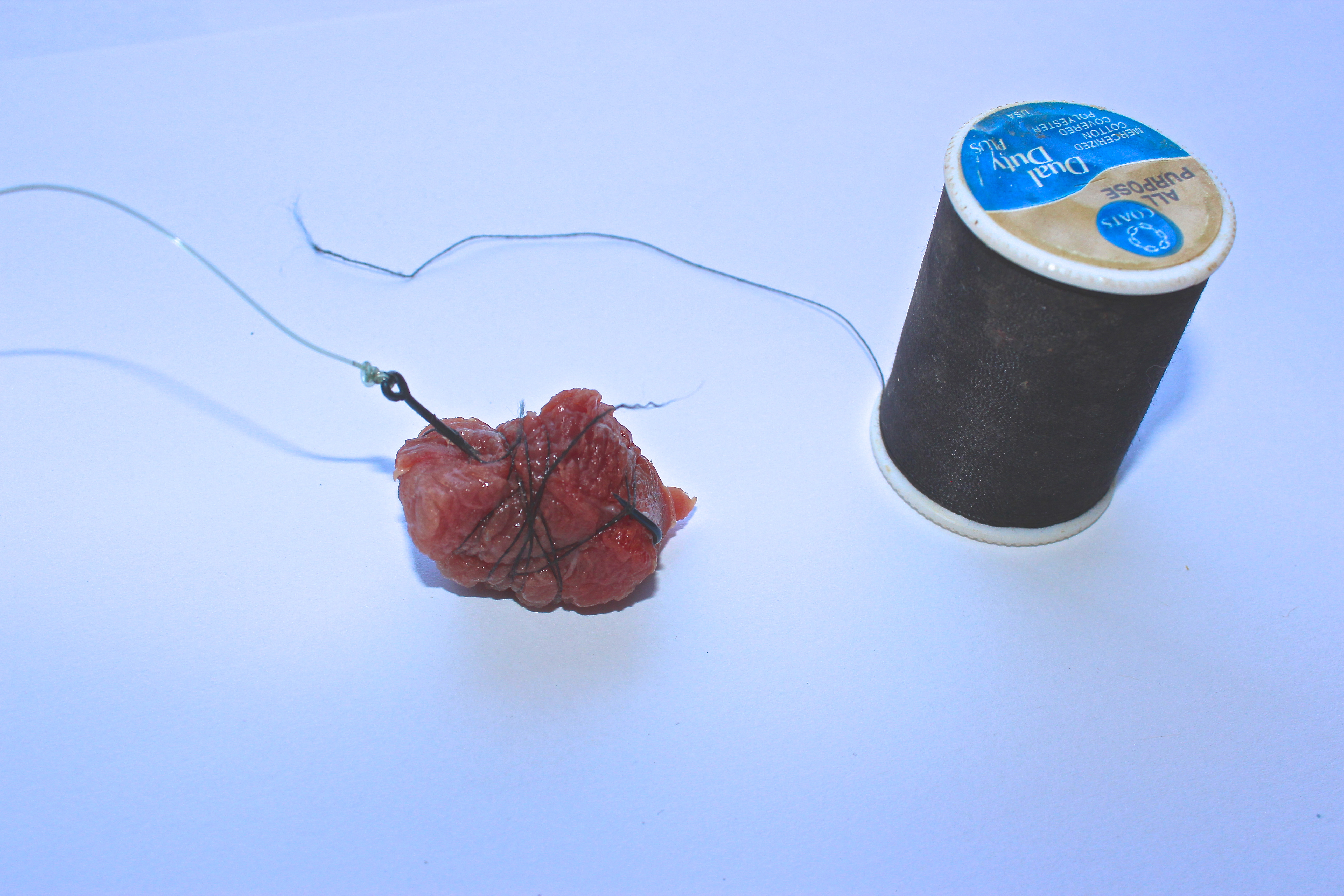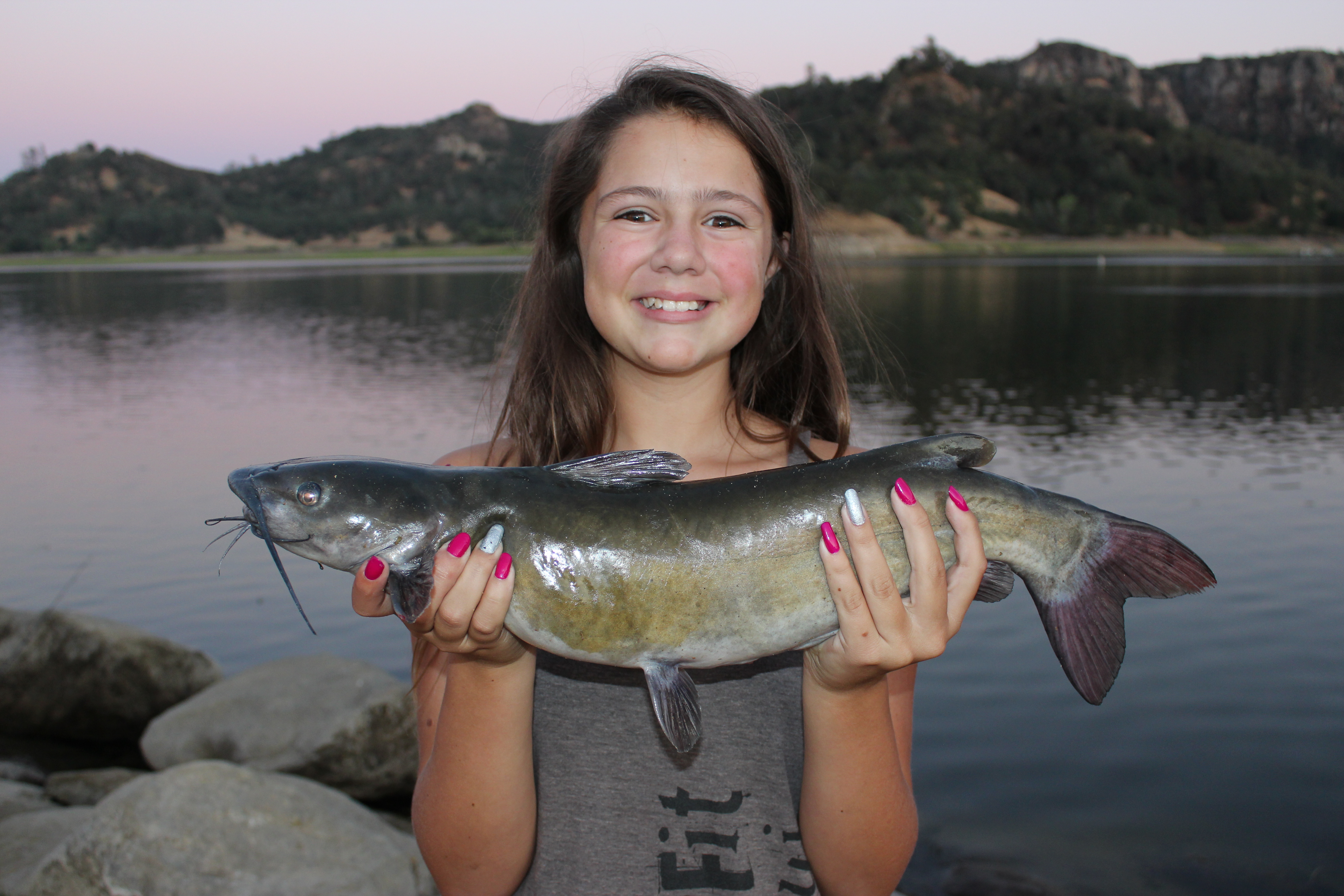Fishing For The Wily And Whiskered
The following appears in the July issue of California Sportsman
By Tim E. Hovey
The first really big fish I ever caught was a catfish. I was fishing with a bunch of my cousins during a family camping trip and soaking a nightcrawler. Thankfully, my drag was set extremely loose or the strike and subsequent run would’ve snapped the line of the unattended rod.
The rod was in a bank holder and the reel screamed against the drag as the big channel cat headed out, likely setting the hook on itself. I wrestled the spinning rod out of the holder and tried to stop the fish on 8-pound test. The brute at the end of my line did whatever he wanted. Finally, after 15 minutes of running up and down the bank and worrying about breaking him off, I was able to tail-grab him in the shallows.
The 16-pound channel catfish was by far the largest freshwater fish I had ever caught. Since that time, I’ve fished for all species of catfish in just about any lake available.
CATCHIN’ CATS ON BAIT
As with any type of fishing, there are several effective ways to fish for catfish, and most involve soaking bait. Over the years, I’ve settled on an easy and effective technique that has always put whiskerfish on the stringer.
After educating myself on how catfish feed, I began using baits that are full of scent. Catfish have tastebuds and sensory organs located all over their body. They rely almost exclusively on scent detection to feed. Oily fish like mackerel and anchovies have a strong odor and are perfect for attracting catfish to the bait.
To fish this type of bait correctly, you’ll need to soak them in areas where even slight water movement will spread out the scent and hopefully attract cats. Small bays or near areas where debris piles up in the water are great choices. Wind movement on the main lake will move water in and out of small bays, making these spots great areas for soaking baits.
To make my fishing time easier, I’ll prepare the bait before the trip. I’ll cut mackerel into larger cubes of about three-quarters of an inch on a side. I’ll store them in a small plastic container and freeze them until needed. Grabbing a precut piece of bait is far easier than trying to cut up a thawing, squishy mackerel on the bank.
Using a large bait hook, I’ll run the hook through the bait and then twist the hook and thread it back through the bait. Even with the firmest of baits, you may have a difficult time keeping chunks of fish on the hook after the cast, so I borrow a surf fishing technique: I use black thread to keep the bait in place on the hook.
After the bait is hooked, peel off 18 inches of black thread and start wrapping it tightly around the hooked bait. You don’t need to tie it on the bait; you just need to wrap it tightly. Once you’re finished, the bait should sit securely on the hook and not fly off after the cast.
LOSING WEIGHT
When I’m fishing for catfish, I’ll fish without using any weight if I can get away with it. I rely on the bait to be the weight. I’m a firm believer that catfish are sensitive to the feel of a dragging weight and will drop the bait if they detect any resistance.
Using a spinning outfit, the mass of the bait is easily enough weight to cast out, and feeding catfish will not detect any drag if you go weightless. I know plenty of anglers who add weight and do well. I just believe that I can catch more and larger fish using no weight.
After the cast, I’ll place the rod in a holder and either loosen the drag so that line can be easily pulled from the reel or leave the bail open. I’ll pull line off the rod so that it hangs loosely. When a fish picks up the bait and swims off, bites can be detected as the line feeds out.
CATS WAITING
A few years ago I took my family up to Lake Santa Margarita for a camping trip. The lake level was extremely low and the fishing reports had been poor, but we were all game to chase catfish. After we unloaded our camping gear, we headed to the lake to try our luck.
The weed-choked parking area clearly illustrated a lack of use. We grabbed our gear and started hiking down to the water. We walked a few hundred yards down to the lake, passing fish skeletons and abandoned boats that hadn’t seen water in years. At the shore we spread out and started fishing the large bay.
Using our precut mackerel and thread, we cast our offerings into the lake. I watched each of my daughters lean their rods against anything they could find on the shore. It almost seemed like the catfish were waiting for us.
Alyssa, my oldest, hooked up first. I saw her walk over to her fishing rod and gently pick it up. She pointed the tip towards the water and waited. I didn’t see the line peel out but noticed the bend in her rod when she set the hook.
I walked over and watched as she fought what was on the other end. Within a few minutes, she had the 7-pound channel cat twisting in the shallows. I grabbed the tail and pulled it ashore. At the time, it was Alyssa’s largest fish.
We caught a few smaller catfish during our quick evening bank session, but with darkness coming down, we gathered our gear and headed back to camp.
IN FOR A FIGHT
Early the next morning we were back at our spot casting bait for catfish. Like most siblings involved in the same activity, my daughters are highly competitive. While Jessica had caught a catfish the evening before, she desperately wanted to catch one bigger than Alyssa’s.
Alyssa hooked up first that morning, followed by my wife, Cheryl. Both fish were small and released. Jessica was feeling a little down that she hadn’t caught anything yet. Although I reminded her that I still hadn’t hooked up either, that didn’t help. After our pep talk, I watched her slowly walk over towards her rod, still dejected.
When Jessica got about 10 feet from her fishing rod resting against a log, I watched as the tip bent towards the water. Before she could get there, the rod flipped over the log and was dragged towards the lake. She grabbed it before it got to the water and set the hook sharply. As soon as the fish felt the steel, he took off, Jessica’s reel screaming as she did all she could just to hang on.
I raced down the shore to give her a hand. When I got there, she made it very clear she wanted to land the fish herself. I stood back and offered encouragement with the knowledge that Jessica would determine whether the fish was landed or lost.
For the next 10 minutes, the fish did whatever it wanted and Jessica just hung on. She was pulled up and down the bank several times before the fish started to tire. Instead of raising the rod to gain line, Jessica would walk backwards and then reel as she slowly walked towards the fish. She was gradually gaining line and pulling it towards the shallows when I got my first glimpse of the large catfish. Its big head appeared in the shallows, shaking violently trying to dislodge the hook. The fish then turned and once again headed for deeper water.
A few minutes later, a tired Jessica pulled the fish near the shallow bank and I grabbed it by the tail. She dropped her rod and came over wanting to hold the giant fish. She struggled with the 15-pound channel cat, but she was finally able to hold it herself.
We loaded a cooler with water and drove back to camp to show the rest of the family. A proud Jessica described the battle at the bank and she couldn’t stop smiling. After that, we drove back to the lake and released the large fish. To this day, that short trip to the lake remains one of our best freshwater fishing trips.
CATCH ‘EM ANYWHERE
Catfish are available in just about any low-elevation lake in California. I’ve personally caught large ones in Lopez, Piru, Castaic, Casitas, Santa Margarita, Nacimiento and San Antonio. While they will hit a variety of baits, I’ve had the best luck with oily ones like mackerel and anchovy. Using my tried-and-true black thread method and no weight, I’ve landed some absolute monster catfish in the local lakes.
Fishing for catfish is relaxing and very easy for kids. The potential for landing large fish is just a cast away. A lighter spinning outfit and a few hooks are all you really need to get started.
As summer heats up, grab a lawn chair and a rod and plan a trip to a local lake to fish for the monsters of the deep with your family. Smiling kids will be your reward. CS









